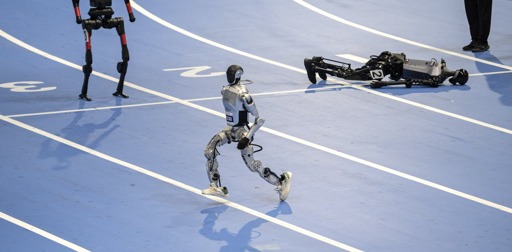Robots come in a vast array of shapes and sizes. By definition, they’re machines that perform automatic tasks and can be operated by humans, but sometimes work autonomously – without human help.
Most of these machines are built for a specific purpose: think of the puck-shaped robot vacuum or a robotic assembly arm in a factory. But recently, human-shaped or humanoid robots have increasingly entered the spotlight.
Humanoid robots are exactly what they sound like – machines with arms, legs, a torso and a head, typically walking upright on two legs. Investment in humanoid robot development has been skyrocketing recently. If you have several thousand dollars, some are already available for purchase.
But why is there so much interest in human-shaped robots? What are they good for, apart from showcases such as Beijing’s World Humanoid Robot Games or funky dance routine videos?



The article answers its own question. When true general purpose robots become widely available, it would be best if they were able to operate in environments created by and for humans. Robots that require tens of thousands of dollars in modifications to a building are much less attractive purchases.
But do we need general purpose robots or is the dishwasher, vacuum, toilet cleaner, ect enough as special purpose tools?
Good question. You know it’ll collect all the data it can. I don’t want (another) spy in my house.
It works in sci fi so of course it will!